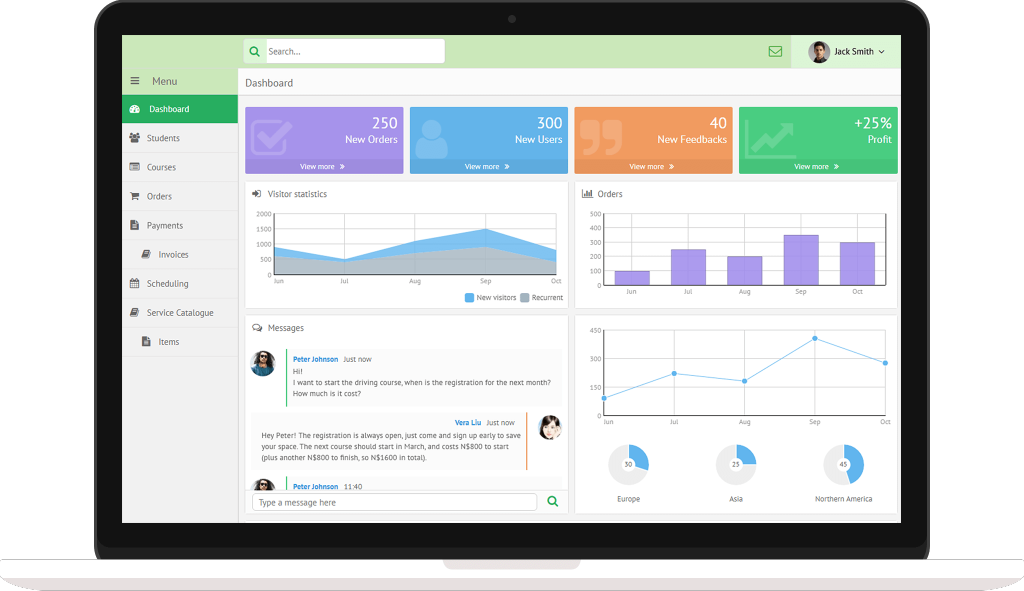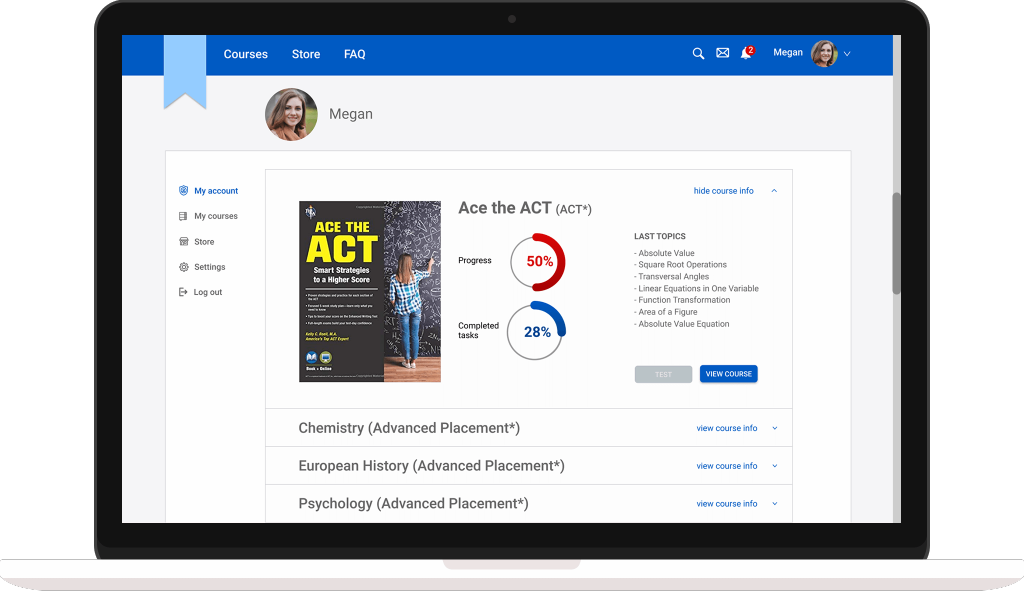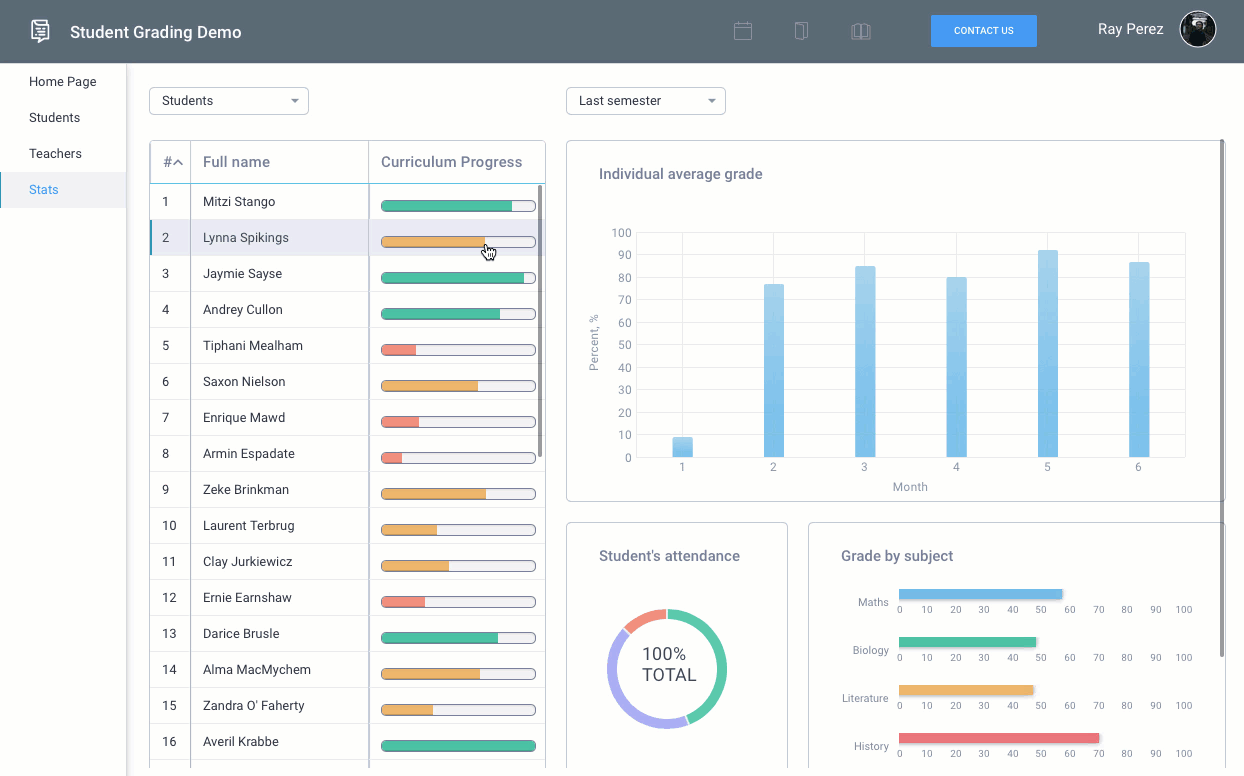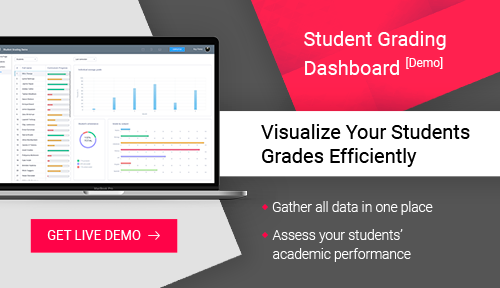Each day the world around us looks more and more like a picture from a science-fiction book. Smart speakers connected to the voice-controlled intelligent personal assistant services can offer weather reports, tell the latest news, or play a song that better fits your mood. Self-driving cars technology is reaching an incredible level of development. Unfortunately, one of the most desirable sci-fi artifacts, the technology allowing to load knowledge into the brain instantly, is still unreachable. The educational process still takes years and years to be completed. But thanks to technology, we can reach incredible educational efficiency, the level of which was unattainable a few decades ago.
In this article, we’ll consider how disruptive technologies in the education sector affect the learning process, and show you the real examples of apps helpful for both learners and teachers.
Technology in Education Helps to Keep Kids Engaged
First and foremost, we must admit that kids and adolescents are engaging with technologies constantly nowadays. The generation of technological learners will face zero difficulties with new programs in education. Moreover, you can make the process more personalized by allowing kids to learn using their own devices for accessing materials.
The implementation of properly designed eLearning software can reduce the time required to learn a particular subject by 20%-60%. How eLearning Solutions Are Boosting Up Educational Efficiency.
The use of digital devices will make lessons less boring for kids and allow them to stay focus and learn faster. In education, the use of different kinds of technology gives you more grasp of knowledge and experience.
Technology Helps to Overcome Borders in Education
Another distinctive feature of modern technology is the possibility to make data accessible from anywhere. Many universities and schools are ready to provide courses that can be accessed by users from remote areas or overseas. To communicate with students, teachers can use available free-to-use application such as Skype or other video conferencing tools. But the implementation of functionality required for the provision of educational services, students invoicing, staff management, knowledge assessment, and other important tasks require the involvement of more advanced software provided by eLearning development companies.
As an example of a web-based application designed according to the particular needs of an educational organization, you can check our integrated cloud service for online booking and payment:

This technology allows users from different countries to manage, book, and pay for courses provided by an educational institution. Any student that has trouble finding time to meet with representatives and fill required papers due to such reasons as for physical condition or residence in another country.
Using it, a user can order and pay for classes of their choice online. Also, for the students with special needs, there’s the possibility to hire a tutor specializing in certain types of learning disabilities.
To learn more about modern technologies for students with special needs, see How Assistive Technology Helps the Students.
With Technology You Can Improve the Assessment Process
It’s not enough to provide learners with access to the learning materials. To make sure that the process of education works in full accordance with your expectations or amend it otherwise, you should have reliable assessment technology in your possession. Using more complex digital models and simulations can help gauge students understanding much better than traditional styles of assessment.
Technologies allowing teachers to track the progress of students by collecting and processing real-time assessment data increases the efficiency of the process significantly. A tutor can see how long a student needs to answer a particular question and how much progress learners have made. Analyzing this data, teachers can understand where learners are struggling most. Learners get the opportunity to pass the online test and get certification in selected subjects. They can learn a particular topic, test themselves, and get access to the assessment dashboard, providing detailed info on topics requiring additional attention.
The online study and evaluation system created by our developers is an excellent example of such a solution.

This web-based eLearning solution for education and assessment allows users to choose a particular course to learn and evaluate the received knowledge. The knowledge assessment system provides an easy-to-use and efficient tool for monitoring the learning progress. After a student takes online tests, the system can provide advice on further education according to the results.
Technology Allows Reaching Effective Communication and Collaboration
Digital communication technologies allow teachers to create an engaging, collaborative, and creative learning experience. For example, there’s the positive psychological influence caused by more informal communication between the teachers who adopted the technological language and tech-savvy students. Also, through emails, video chat apps, online portals, and file-sharing services, work among students, and between them and teachers, can become far more productively.
The list of best practices intended to increase the efficiency of the educational process includes hands-on projects approach and collaborative learning. The level of modern technology allows supporting these processes without significant costs. Tutors can use chatting apps to create an online environment where everybody can ask questions, discuss problematic topics, and help each other learn. Also, learners can collaborate on projects without the need to get together in the classroom.

Technology Helps to Implement Adaptive Learning Practices
Everybody learns at a different pace and in different ways. Some learn best by reading books, while others prefer practical lessons. The variety of resources provided by modern technologies allows everybody to find a more suitable way of getting an education. Also, these resources can help people with special needs to overcome the inconveniences of a traditional classroom environment.
Competency-based Education (CBE) is the approach implying measuring the difference of skills and speed of learning between different students. According to the gathered data, tutors will be able to create adaptive learning programs to increase engagement in education.
CBE allows developing a more individual-focused approach to education. If data shows that a particular learner requires more time to focus on a topic, teachers can adapt the plan accordingly. To measure the progress of a particular learner, organizations can adopt educational dashboards representing gathered data in an easy-to-read way. For example, a set of bar charts can display a student’s average grade for different subjects.
To see how such technologies work in practice, you can check the demo of our student grading dashboard for educators:

Using this tool, you can check and measure the following indicators:
- The progress of a particular learner by subjects
- The students’ grade point average
- The average performance of students across the subjects
- The study progress over the period
This dashboard displays academic progress indicators for a particular student. This solution allows you to automate your manual processes and keep all important information at your fingertips.
Conclusions
Modern technology allows improving every stage of the educational process, from course booking to knowledge assessment. Working with modern technological solutions, teachers can achieve more open communication with tech-oriented students. People with disabilities can book courses and learn online. Moreover, they can choose a tutor with a particular skill set and a certificate of professional qualification. With student dashboards, educational institutions can efficiently analyze data on students’ performance and correct learning plans if needed. Educational institutions can get the following benefits from adopting eLearning systems:
- Technologies increase the accessibility of educational materials
- Possibility to learn anytime, anywhere
- Fast access to staff performance indicators and students’ grades
- Online certification in selected disciplines
- Opportunity to work with a favorite teacher
